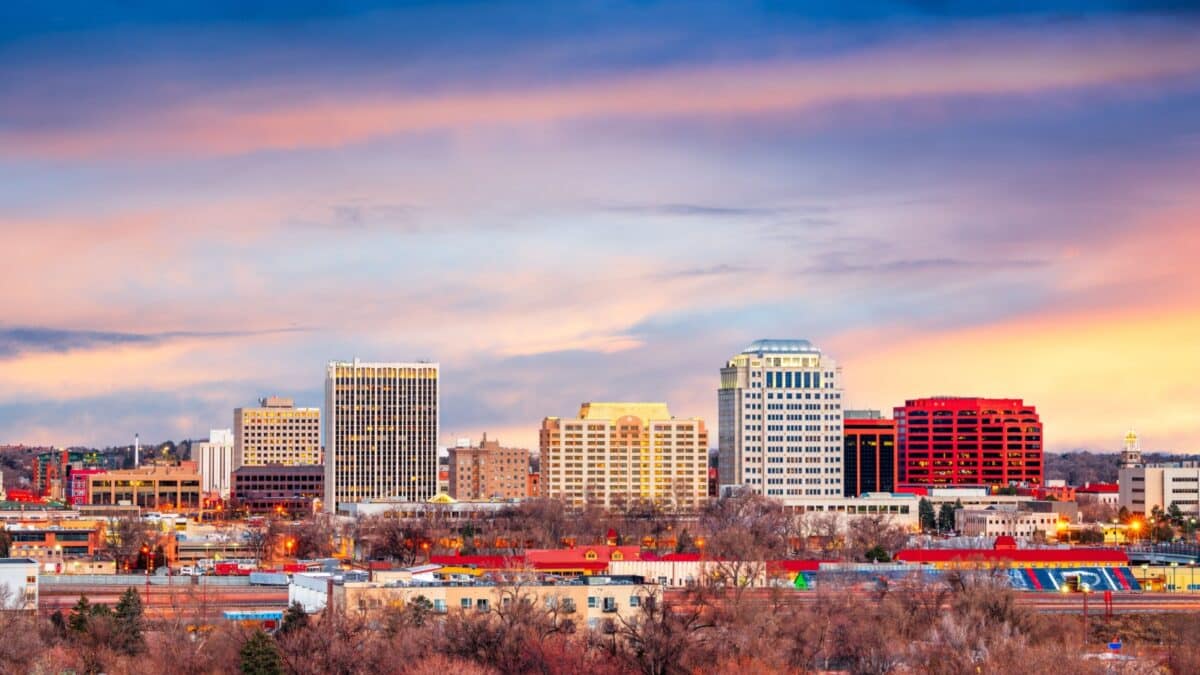These isolated corners of the world, far from bustling cities and modern amenities, offer a unique opportunity to connect with pristine natural landscapes and cultures that have retained their traditions for generations. In this list, we explore 15 of the most remote places on the planet, each with its own distinct character and isolation. From distant islands in the vast oceans to rugged terrains near the poles, these destinations beckon adventurous travelers to explore their breathtaking beauty and discover the allure of the world’s most remote locations.
Bouvet Island, South Atlantic Ocean
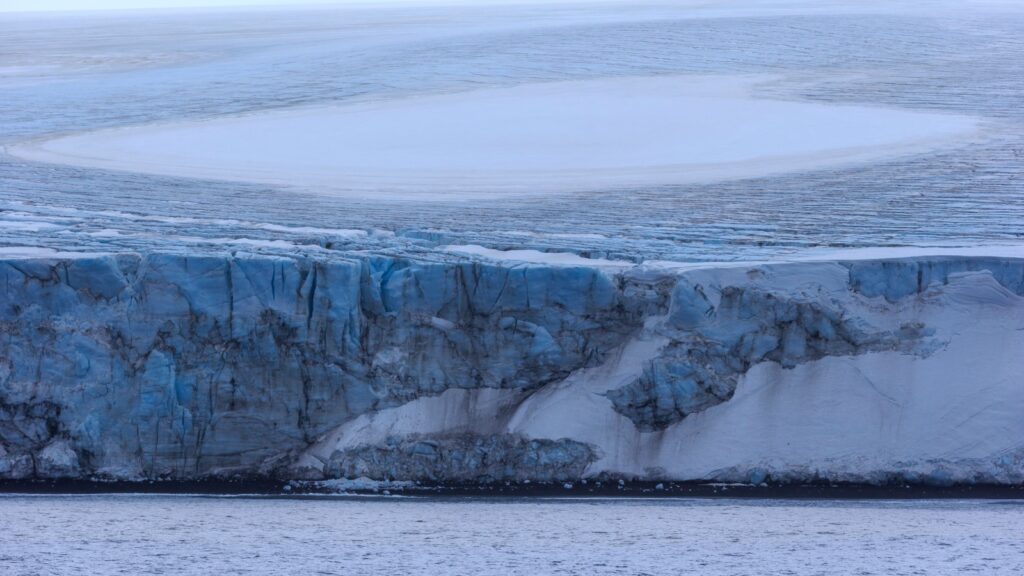
The most remote place on Earth to visit is often considered to be Bouvet Island. Located in the South Atlantic Ocean, Bouvet Island is an uninhabited and heavily glaciated volcanic island that belongs to Norway. It sits around 1,100 miles (1,750 km) north of Antarctica and 1,600 miles (2,575 km) away from the nearest landmass (Queen Maud Land in Antarctica).
Due to its harsh conditions, isolation, and the fact that it’s almost entirely covered in ice, very few people visit Bouvet Island. Access is extremely difficult, and only a few scientific expeditions or specialized tours venture there.
Tristan da Cunha, South Atlantic Ocean
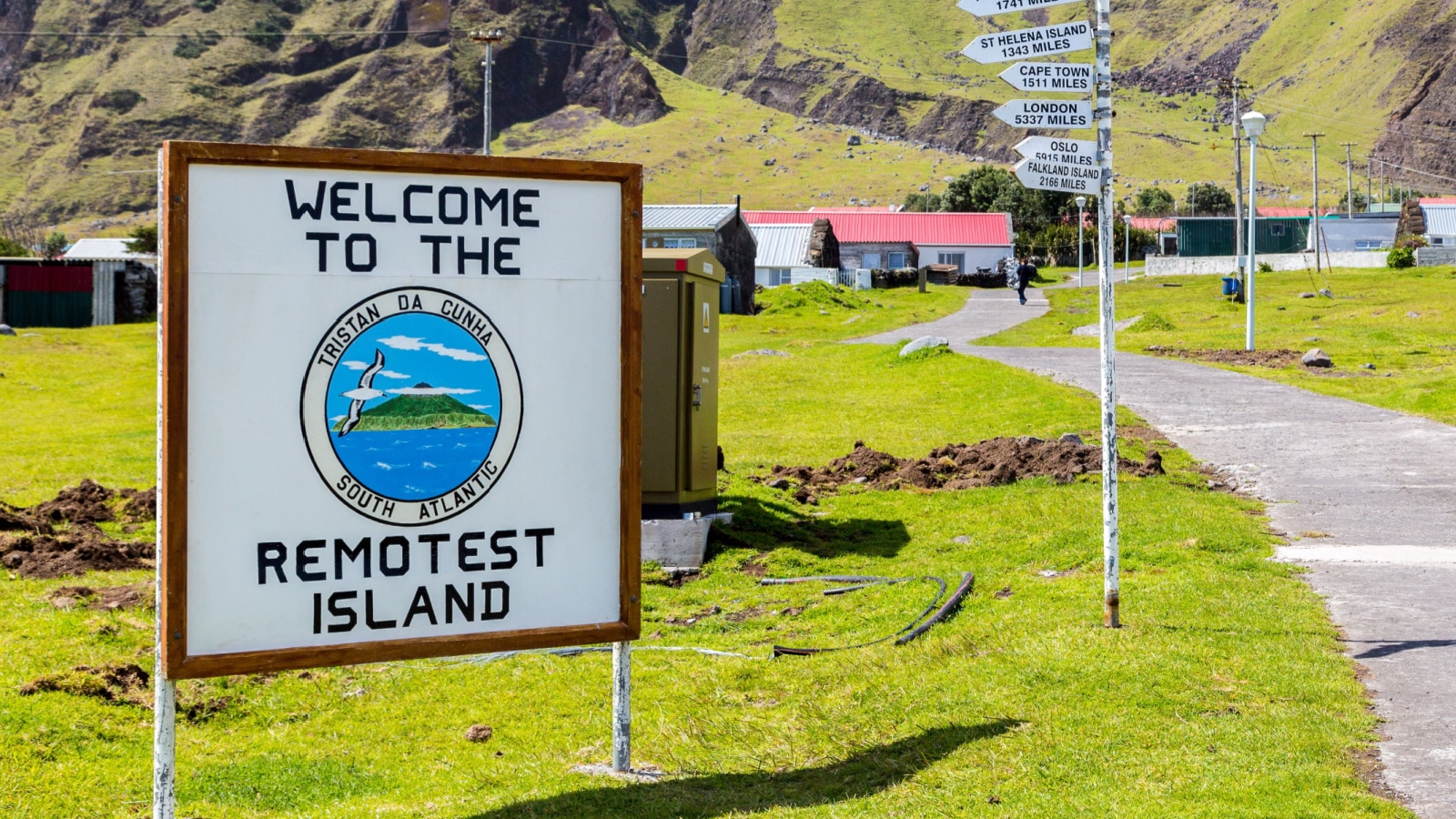
Tristan da Cunha is the most remote inhabited archipelago globally, situated in the South Atlantic Ocean. It is part of a British Overseas Territory, and its isolation is due to its location over 2,400 kilometers (1,500 miles) from the nearest inhabited land, Saint Helena. The only way to reach Tristan da Cunha is by a long sea voyage, often taking several days, making it a challenging destination to access.
Easter Island, Chile
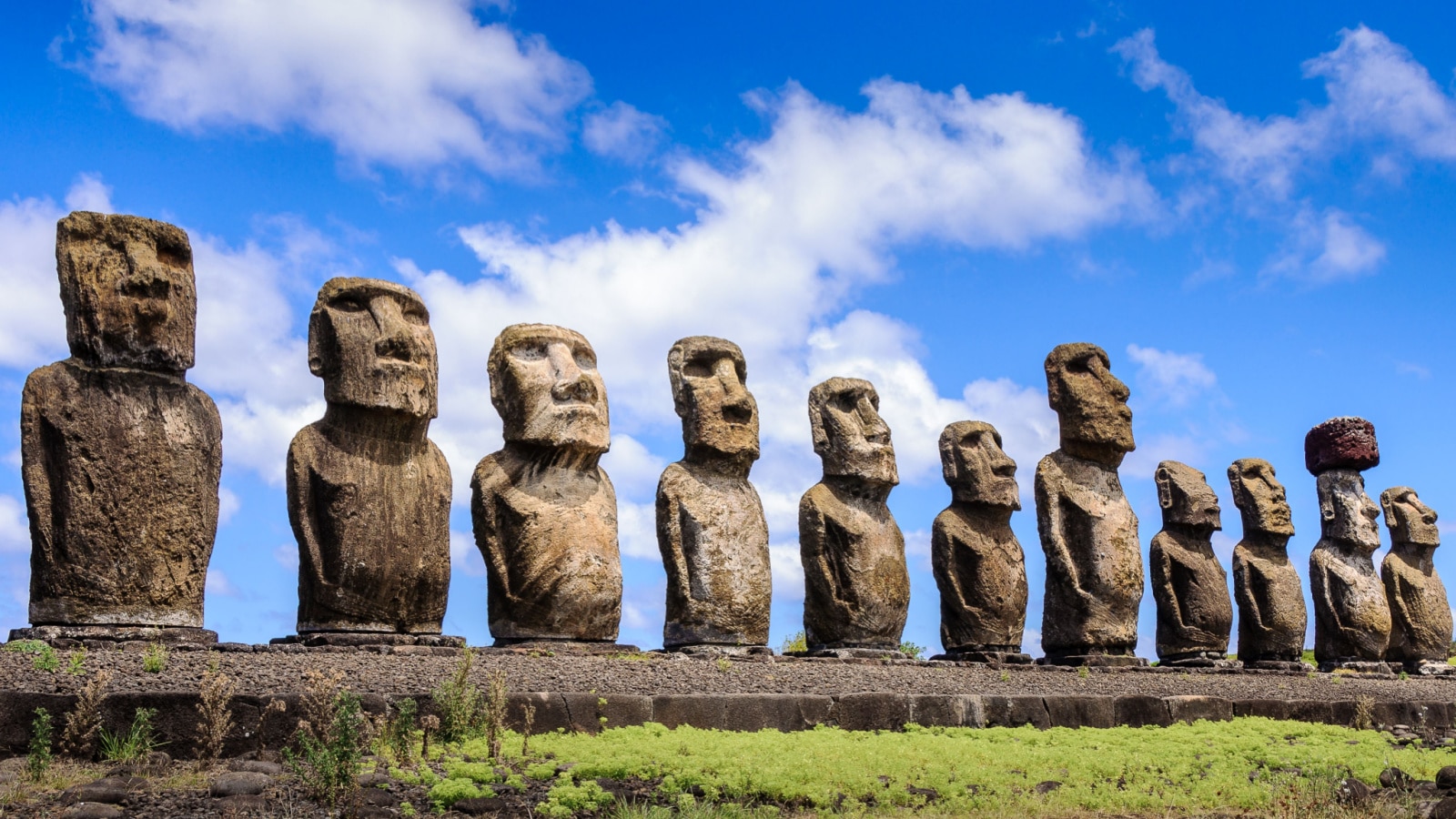
Easter Island, or Rapa Nui, is located in the South Pacific Ocean, approximately 3,700 kilometers (2,300 miles) off the coast of Chile. Its remote location contributes to its isolation, as it is one of the most isolated islands on the planet. It is famous for the enigmatic Moai statues, which were created by the ancient Rapa Nui people and have made the island a UNESCO World Heritage Site.
Svalbard, Norway
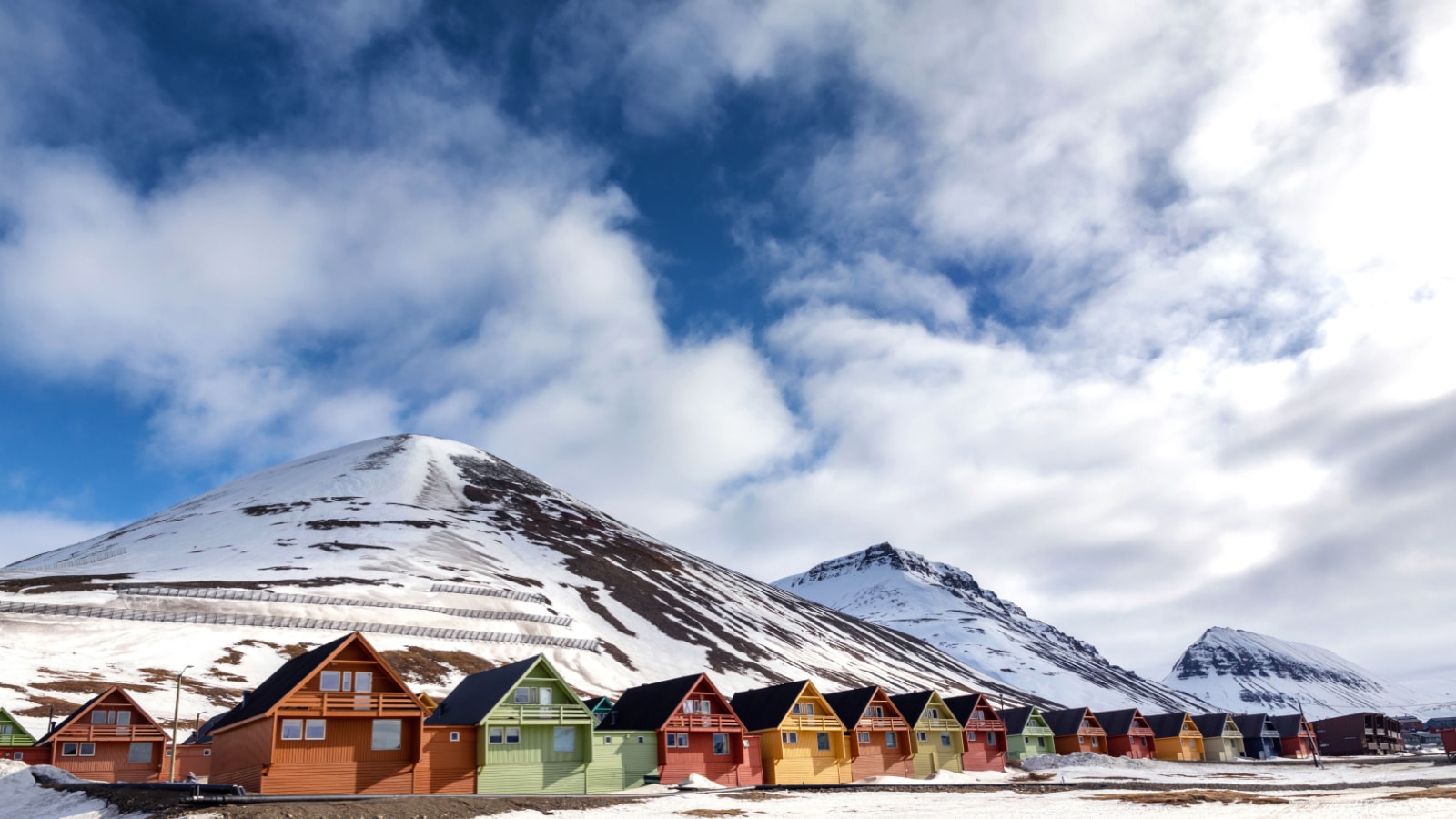
Svalbard is an archipelago in the Arctic Ocean, situated halfway between mainland Norway and the North Pole. Its isolation is due to its extreme northern location and harsh Arctic climate. Svalbard is known for its stunning polar landscapes, including glaciers, fjords, and unique wildlife, such as polar bears.
Pitcairn Island, British Overseas Territory
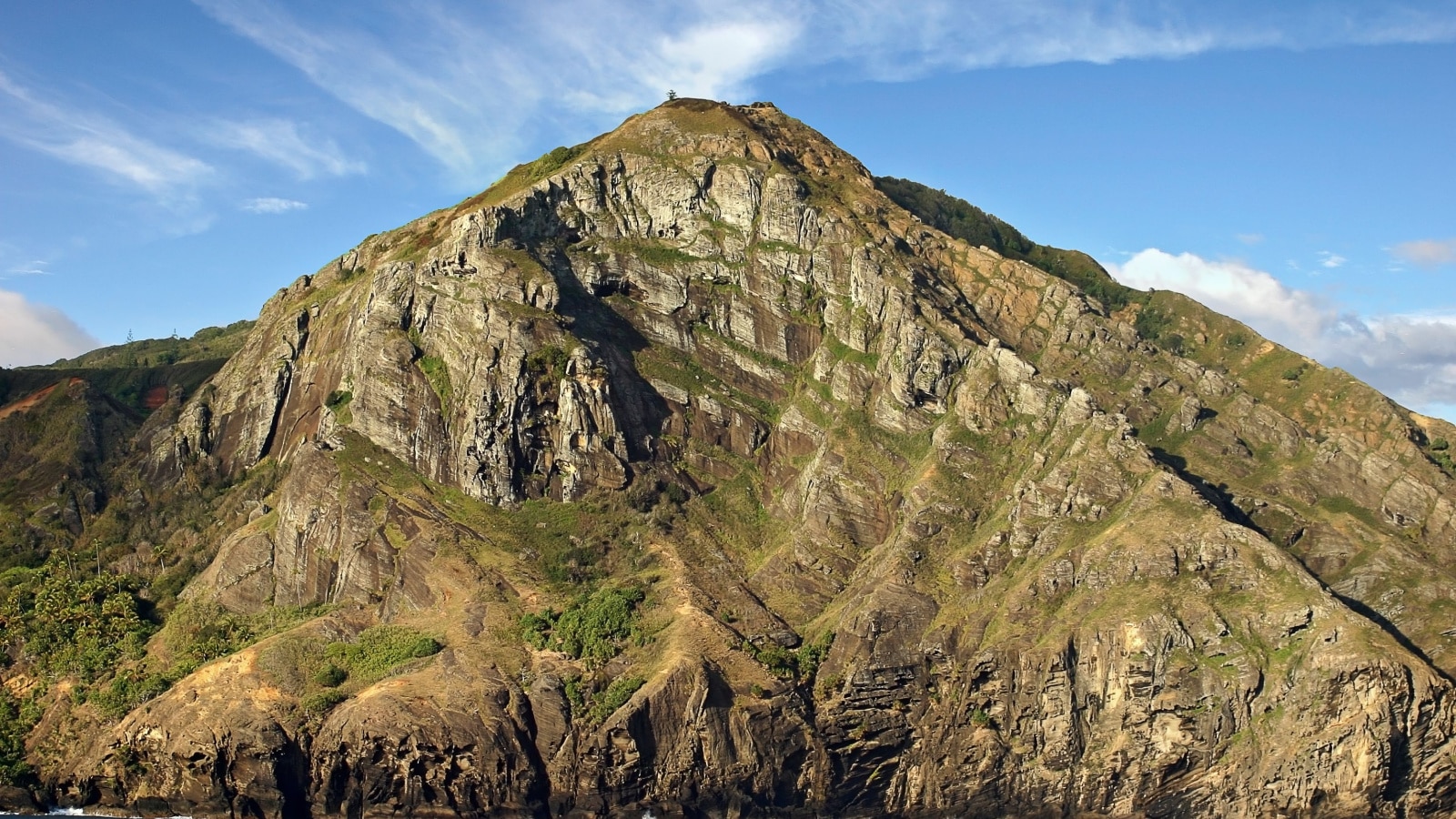
Pitcairn Island is one of the most remote inhabited places in the world. It is part of the British Overseas Territory of Pitcairn, Henderson, Ducie, and Oeno Islands. The island’s isolation is a result of its location in the South Pacific Ocean, over 2,000 kilometers (1,200 miles) from the nearest inhabited land, Tahiti. Visitors can only reach Pitcairn via a long sea voyage, typically requiring several days, making it a challenging and isolated destination to access. The island is known for its unique history as the final home of the Bounty mutineers.
Bhutan
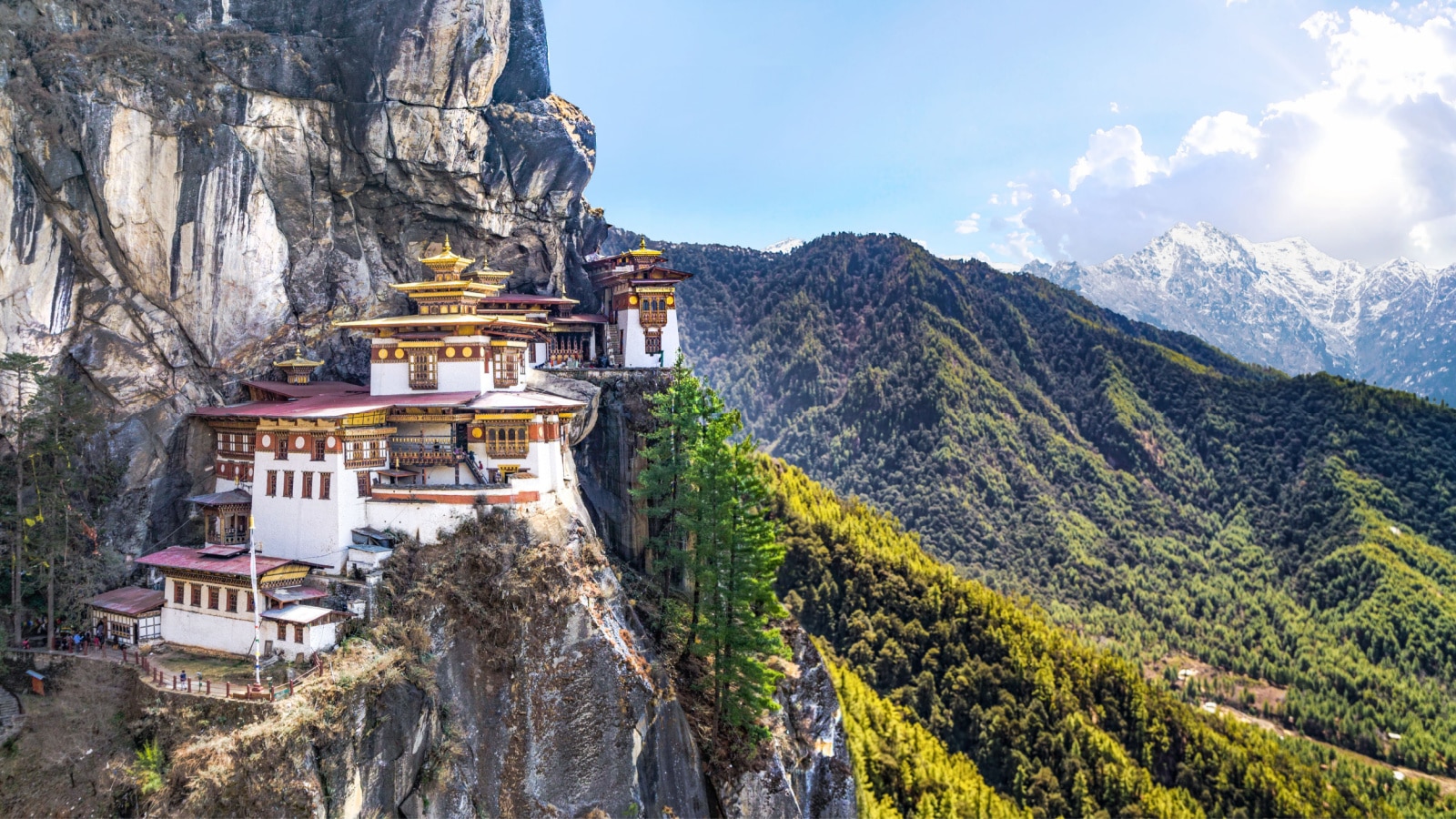
Bhutan is a landlocked Himalayan kingdom located between India and China. Its isolation is due to its rugged mountainous terrain, which has limited transportation infrastructure. Bhutan’s government has also implemented strict tourist regulations to preserve its unique culture and environment, making it a destination where travelers must follow carefully managed itineraries.
Socotra, Yemen
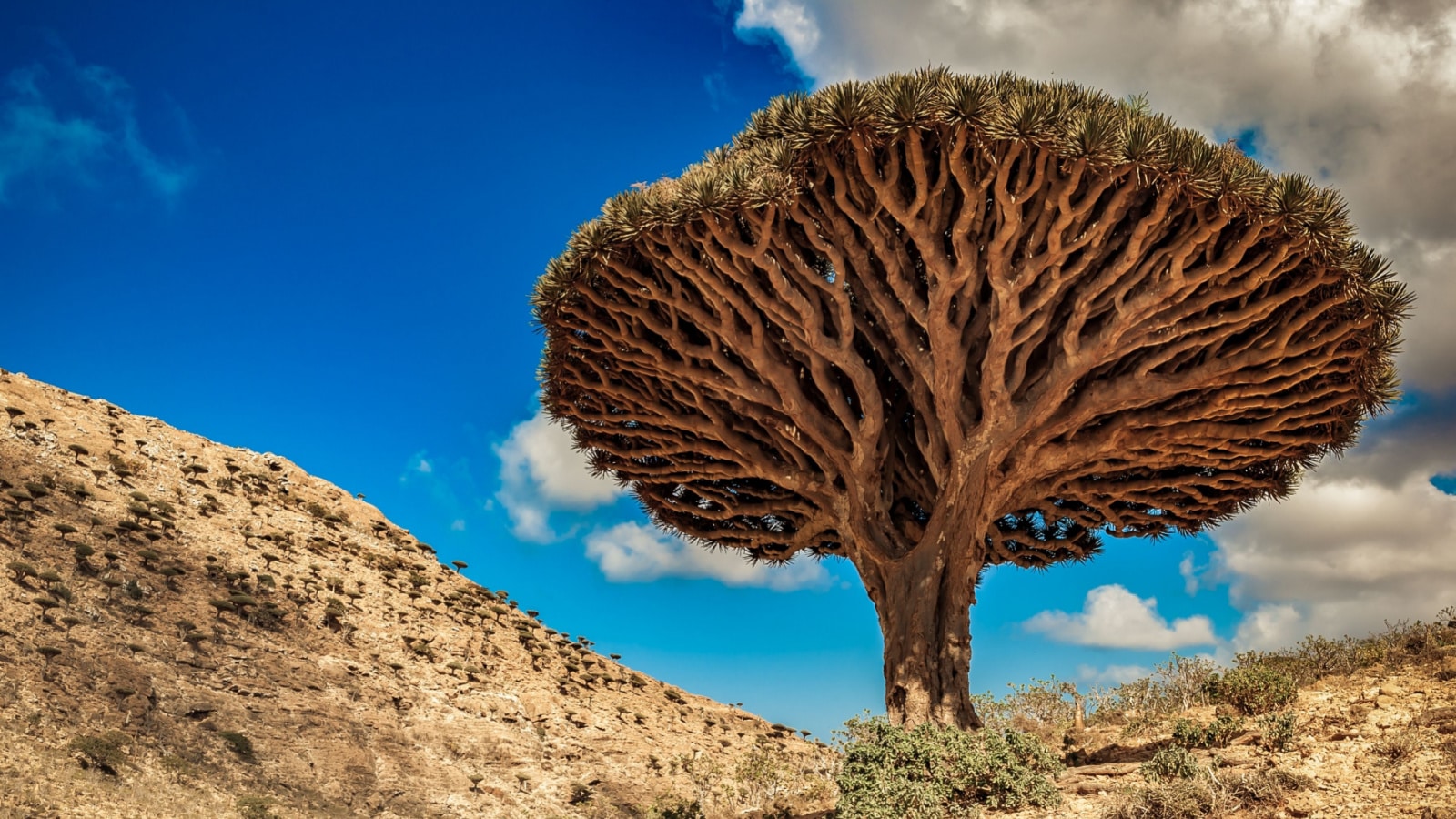
Socotra is an island in the Indian Ocean, part of Yemen. Its isolation is due to its location, approximately 340 kilometers (210 miles) from the Horn of Africa and over 380 kilometers (240 miles) from the Yemeni mainland. Socotra is known for its alien-like landscapes, endemic flora and fauna, and unique cultural heritage.
Antarctica
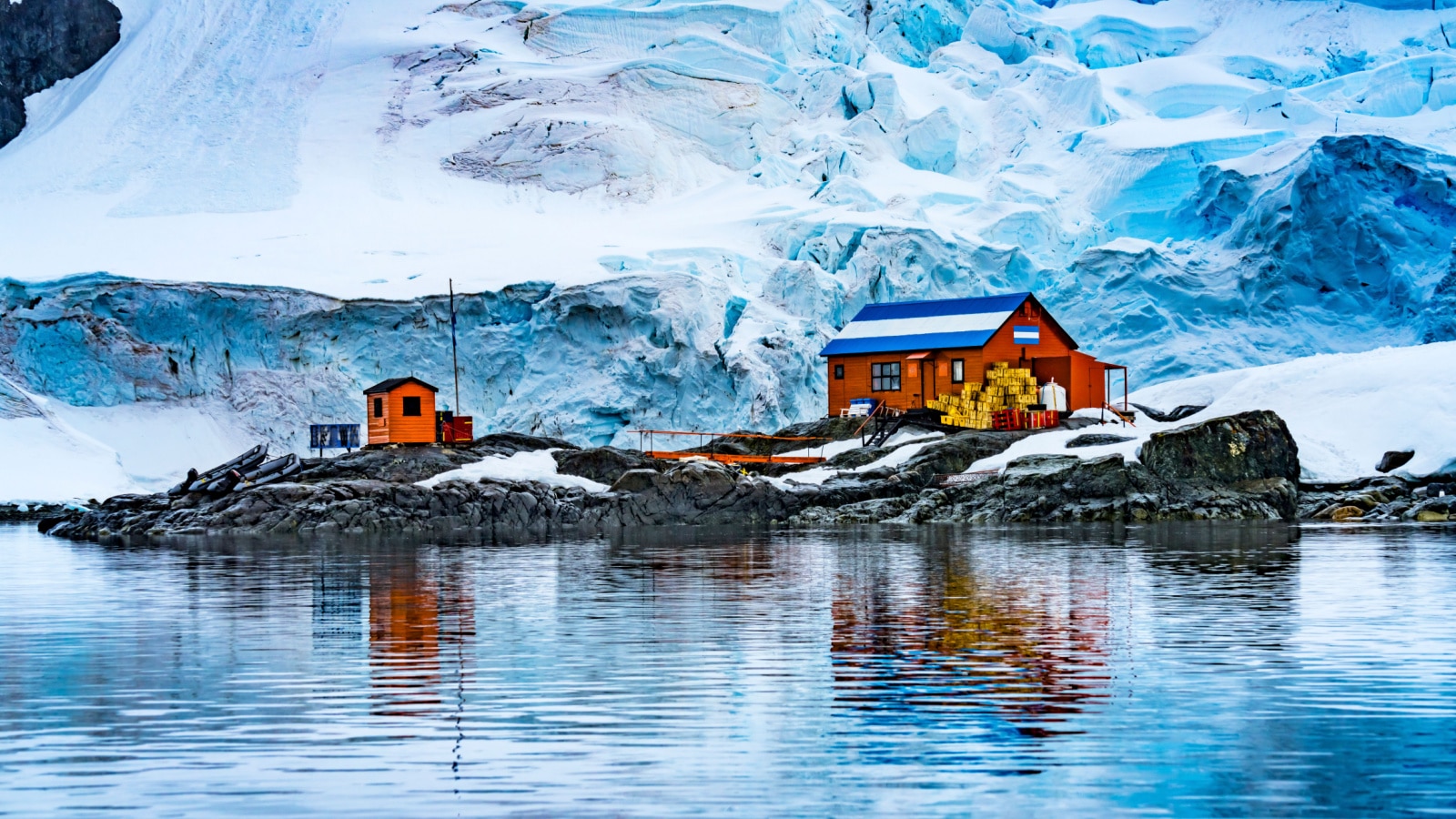
Antarctica is the southernmost continent, and its remoteness is a result of its extreme polar environment. Accessible primarily by expedition cruises, this frozen wilderness is isolated due to its distance from any inhabited landmass, with the nearest point being over 1,000 kilometers (620 miles) away.
Greenland
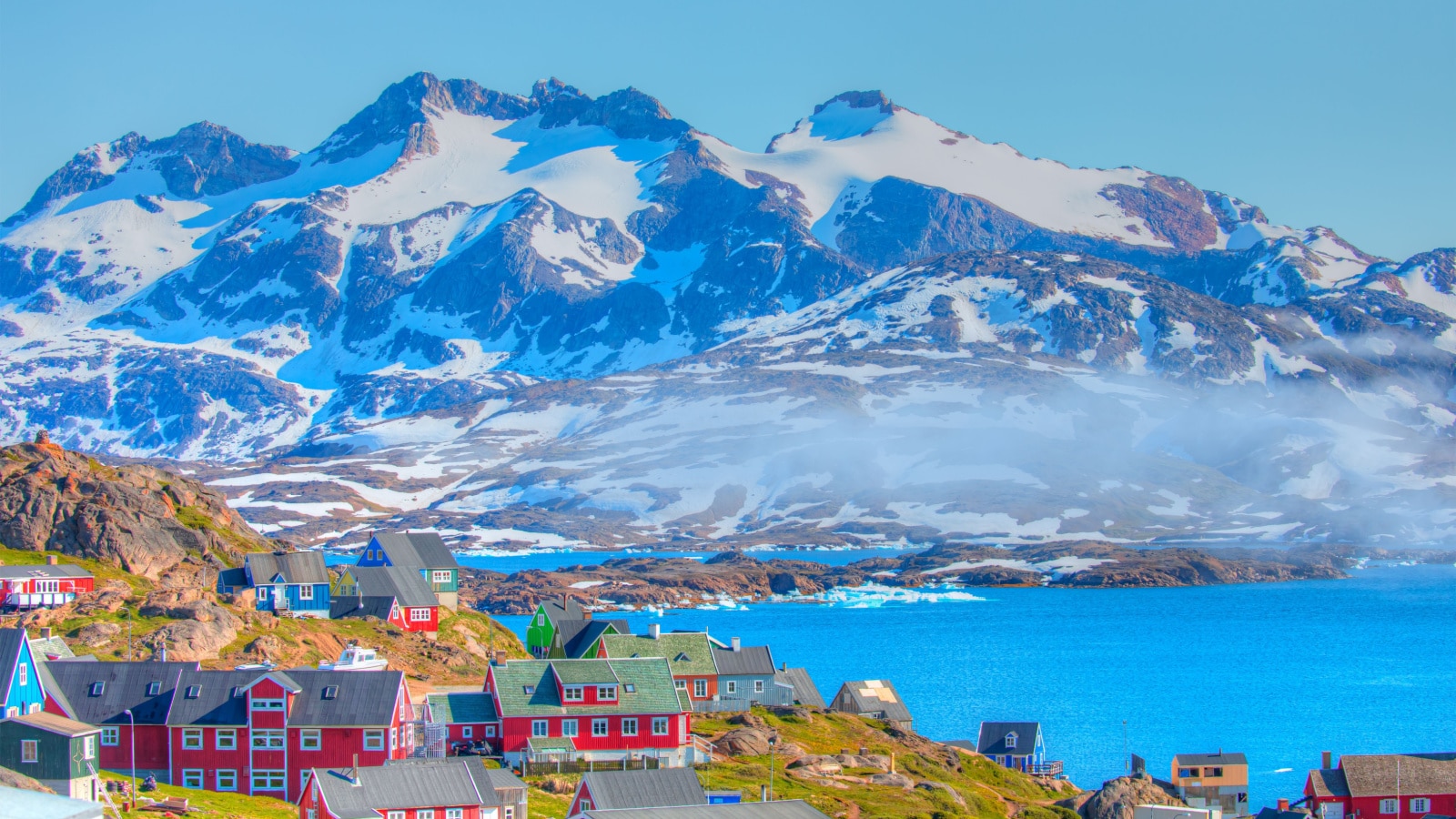
Greenland is the world’s largest island, located in the Arctic region. Its remoteness is due to its northern latitude, harsh climate, and vast, uninhabited wilderness. Visitors can explore its remote landscapes, glaciers, and Inuit culture.
Faroe Islands, Denmark
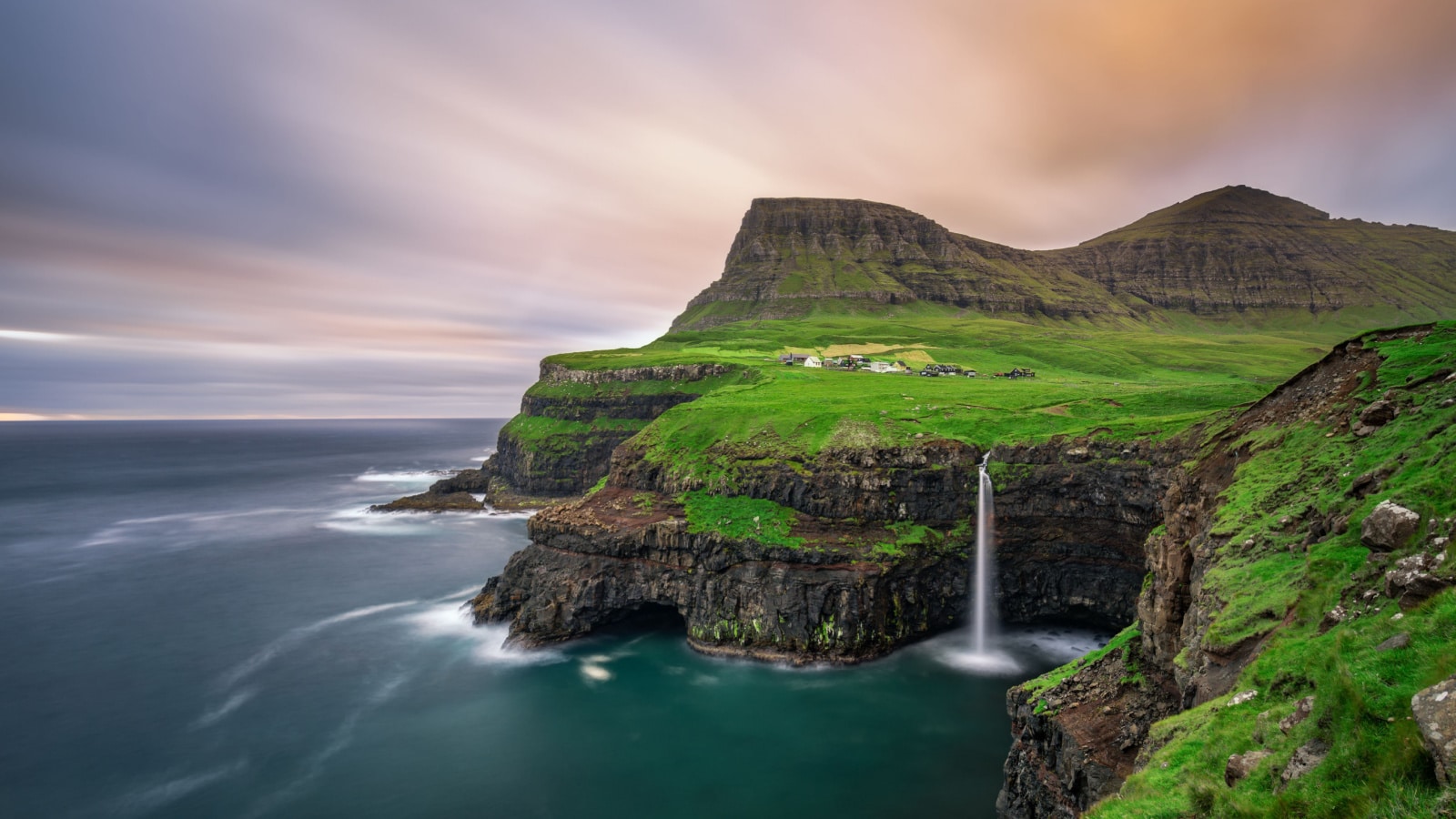
The Faroe Islands are an archipelago in the North Atlantic Ocean. Their isolation is a result of their location between Iceland and Norway. The rugged and mountainous terrain of the islands, along with limited transport infrastructure, adds to their remote appeal.
Patagonia, Chile and Argentina
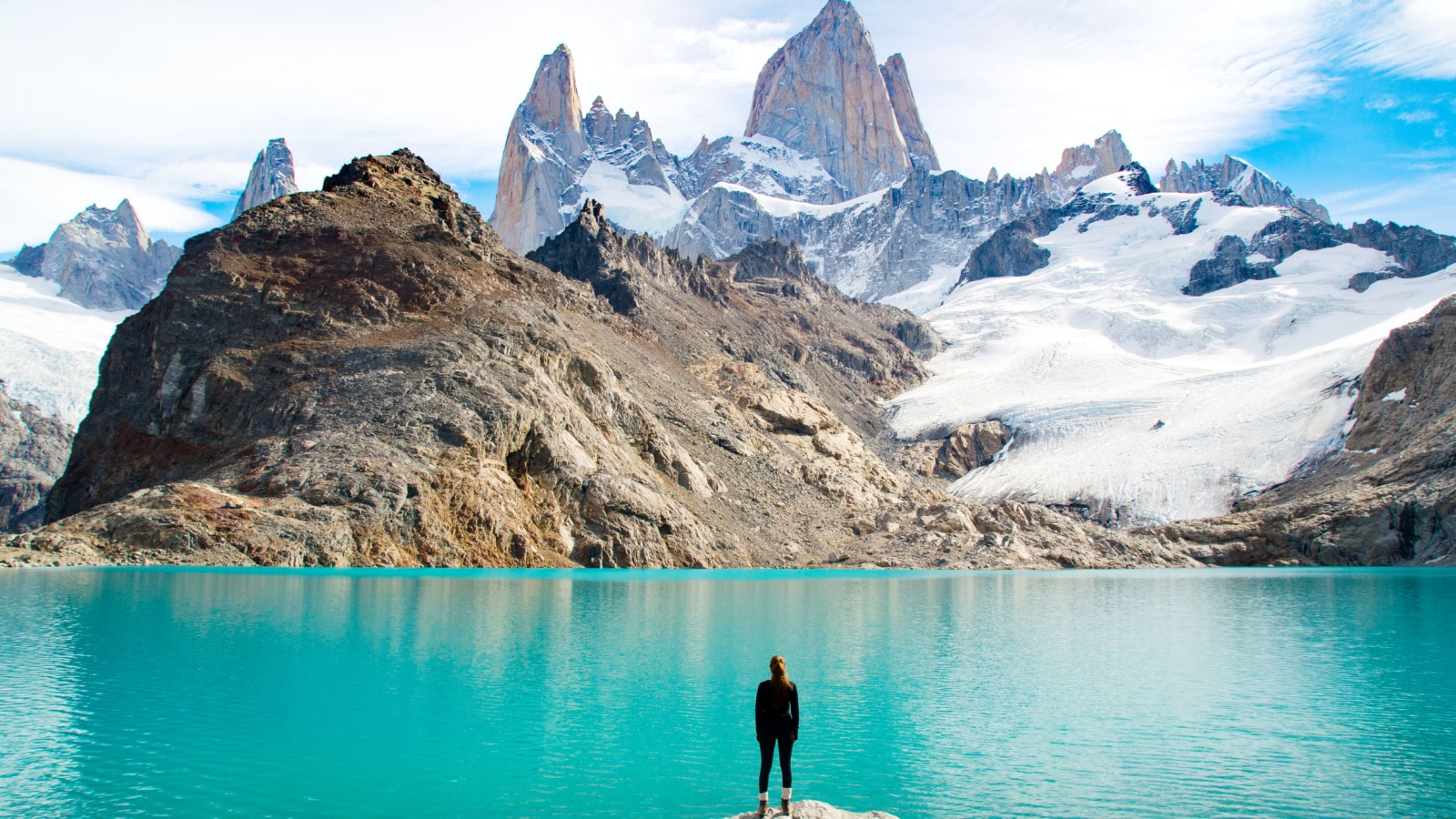
Patagonia is a remote region at the southern tip of South America, spanning both Chile and Argentina. Its isolation comes from its vast and pristine wilderness, including glaciers, mountains, and unique wildlife like the guanaco and puma.
Kamchatka Peninsula, Russia
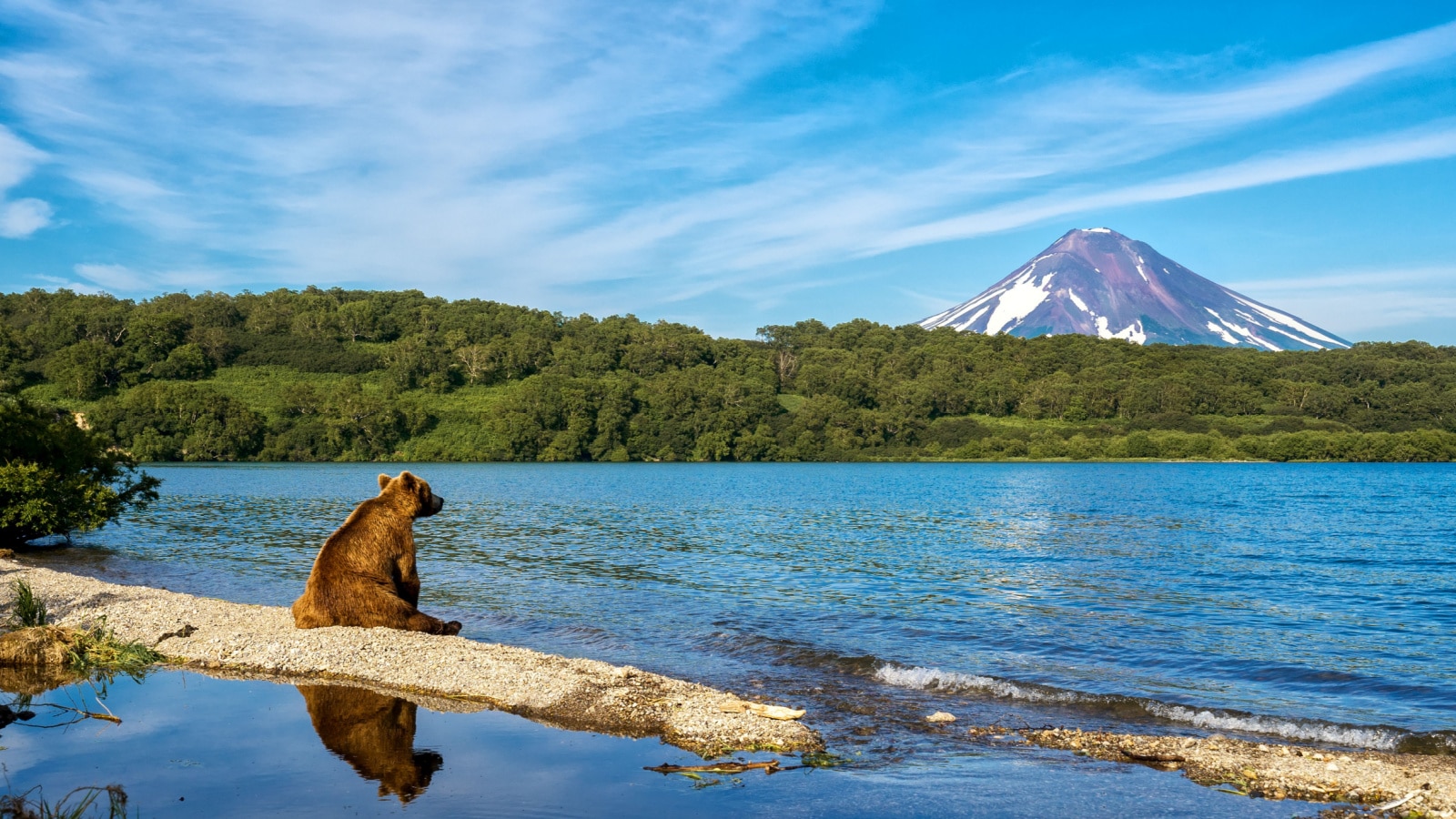
Kamchatka is a remote, volcanic region in the Russian Far East. Its isolation results from its location on the Pacific Ring of Fire, featuring numerous active volcanoes and geothermal wonders, as well as its rugged landscapes and limited infrastructure.
The Falkland Islands
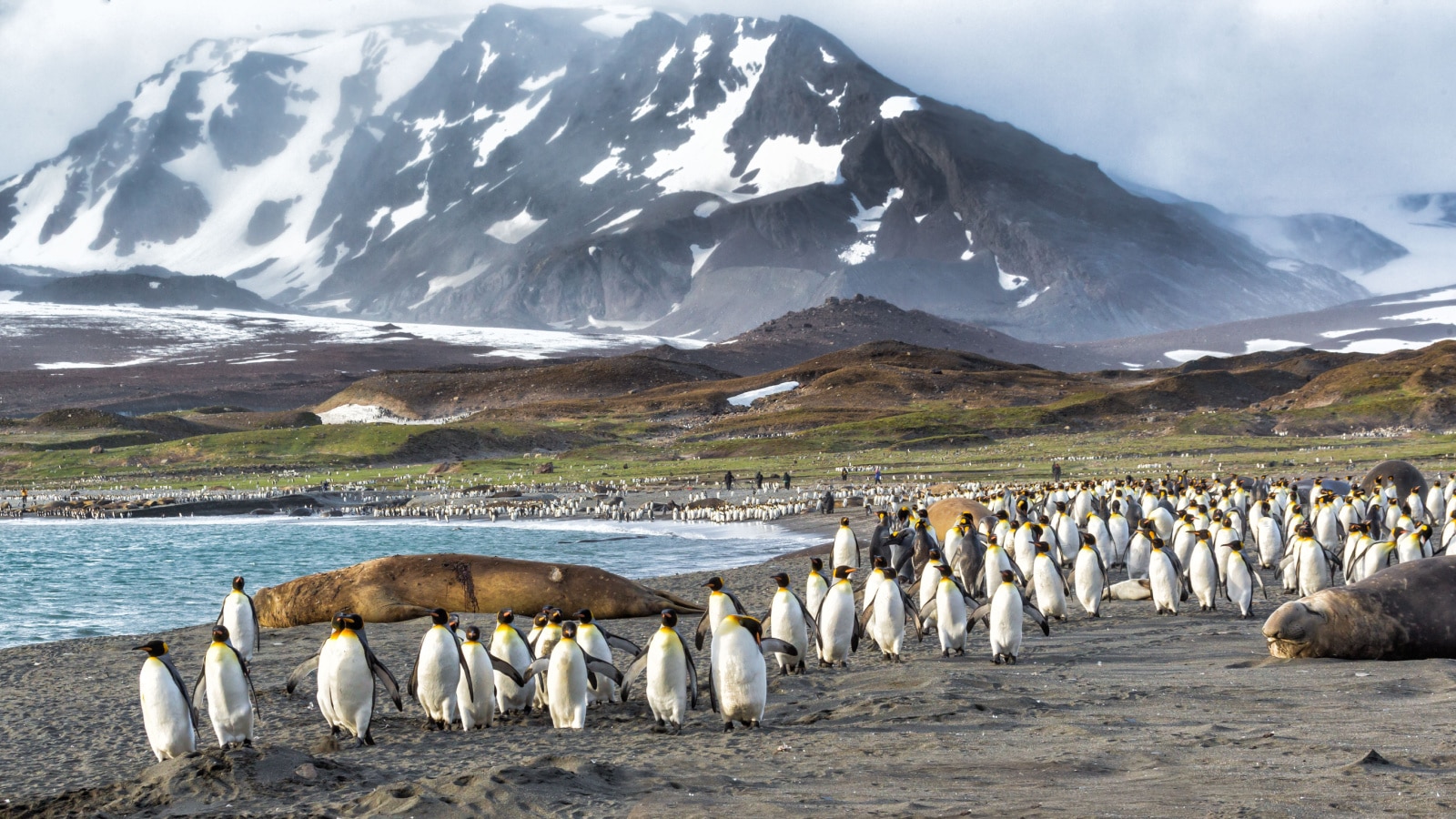
The Falkland Islands are a British Overseas Territory in the South Atlantic Ocean, approximately 480 kilometers (300 miles) from the east coast of Argentina. Their isolation is due to their remote location and unique wildlife, including penguins, seals, and albatrosses.
The Kimberley, Australia
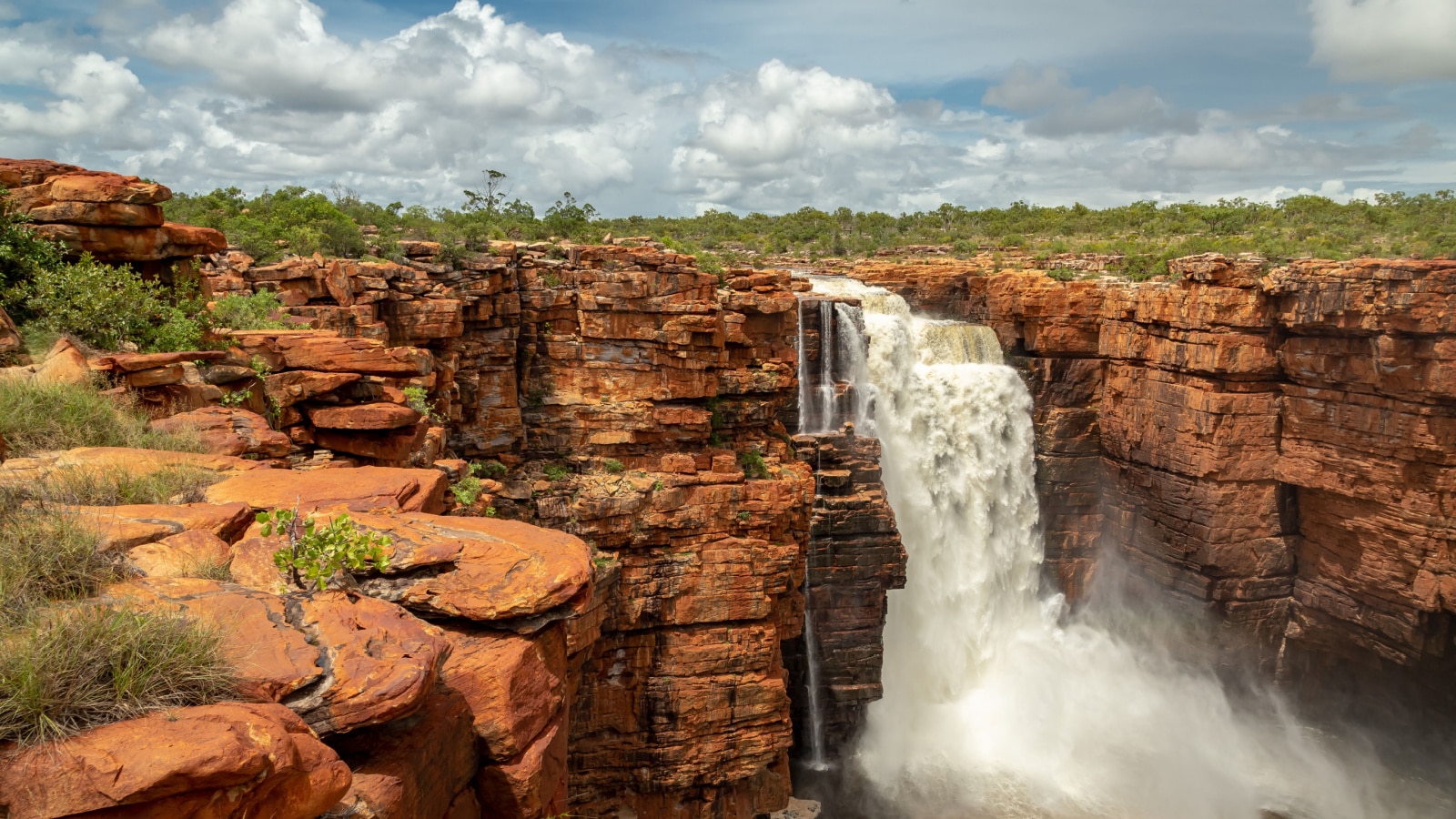
The Kimberley is a remote region in northwestern Australia, known for its stunning gorges, rugged landscapes, and unique wildlife. Its isolation results from its vast, uninhabited expanses and challenging terrain.
Lapland
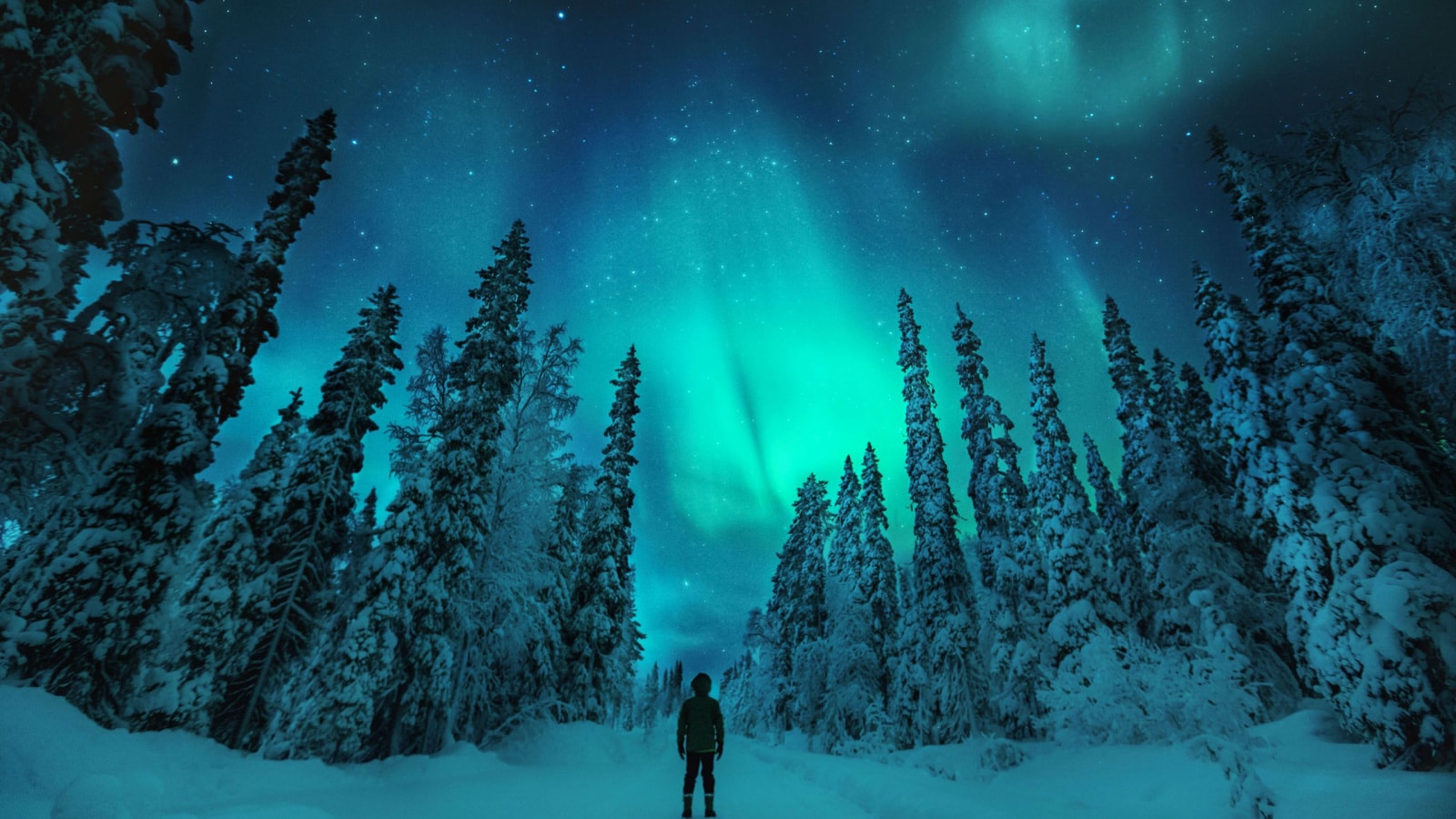
Lapland is a remote region in Northern Europe, spanning parts of Sweden, Norway, and Finland. Its remoteness comes from its Arctic location, with vast wilderness and the unique culture of the indigenous Sami people.
10 of the Best Places to Travel in Europe to Beat the Crowds
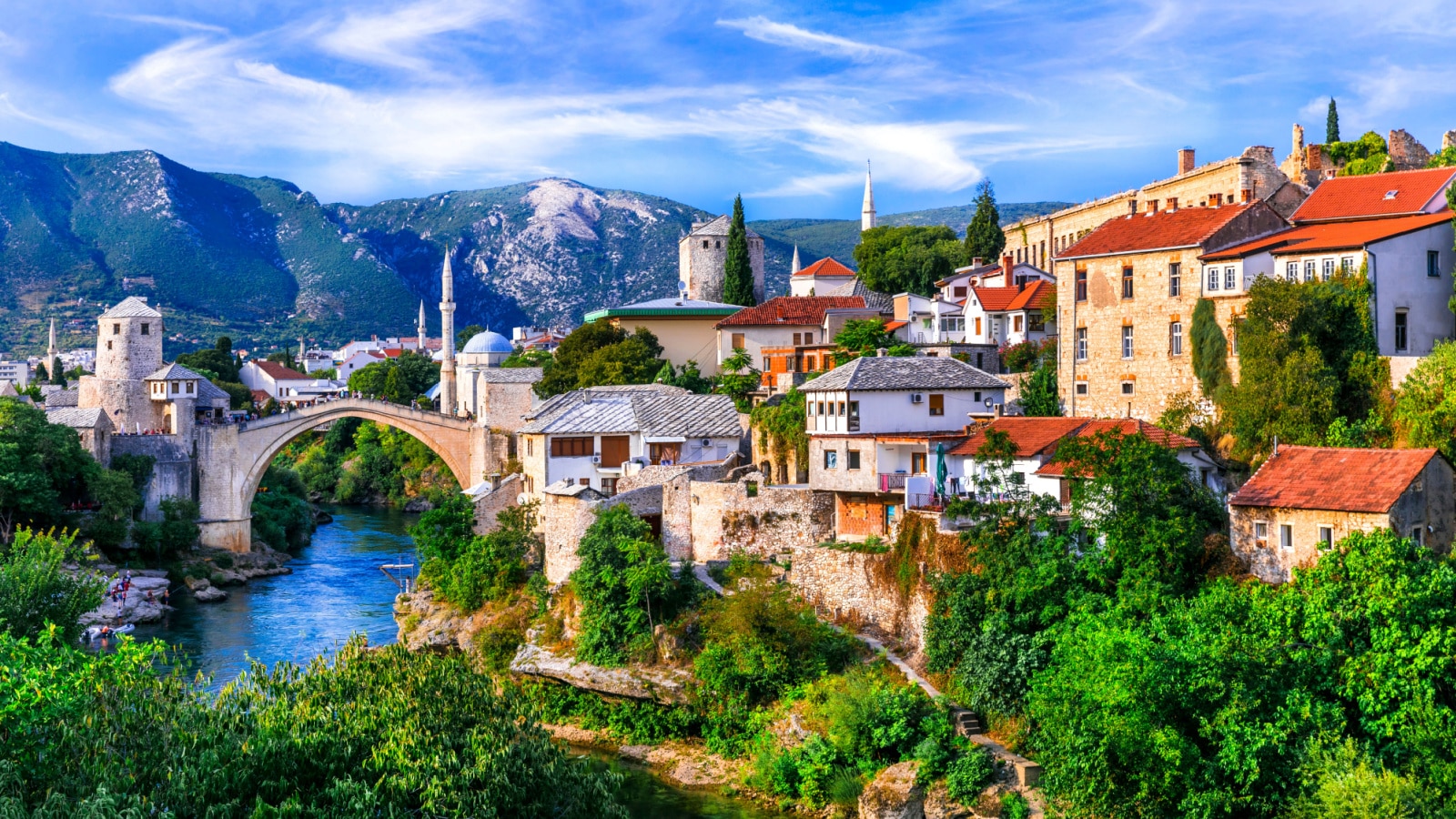
Embarking on a European adventure is a dream for many travelers, but dealing with crowded tourist destinations can sometimes dampen the experience. Recently on an online platform, people suggested some of the greatest spots to visit in Europe that are away from the tourist crowds.
Read more: 10 of the Best Places to Travel in Europe to Beat the Crowds
14 of the Most Magical Places in the World to Experience at Least Once in Your Lifetime
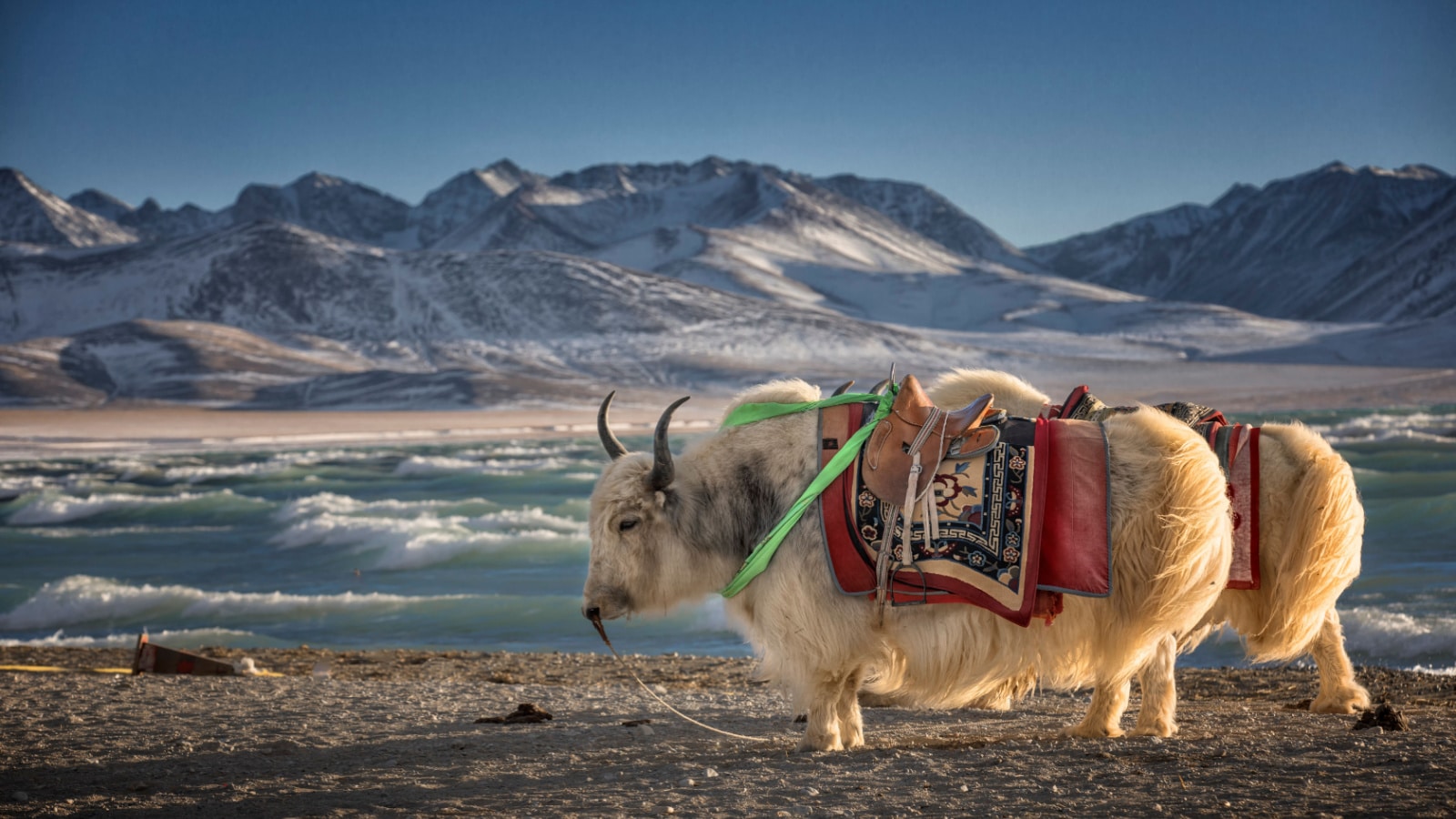
Have you ever traveled to a place so magical that it felt like you were in another world? Well, many people have, and they have shared their favorite places on an online platform recently. From the serene landscapes of New Zealand to the vibrant culture of Colombia, these places are sure to give you a sense of wanderlust. So, prepare to be transported to a world of magic and wonder!
Read more: 14 of the Most Magical Places in the World to Experience at Least Once in Your Lifetime
10 Unique Hotels Around the World for Adventure Lovers
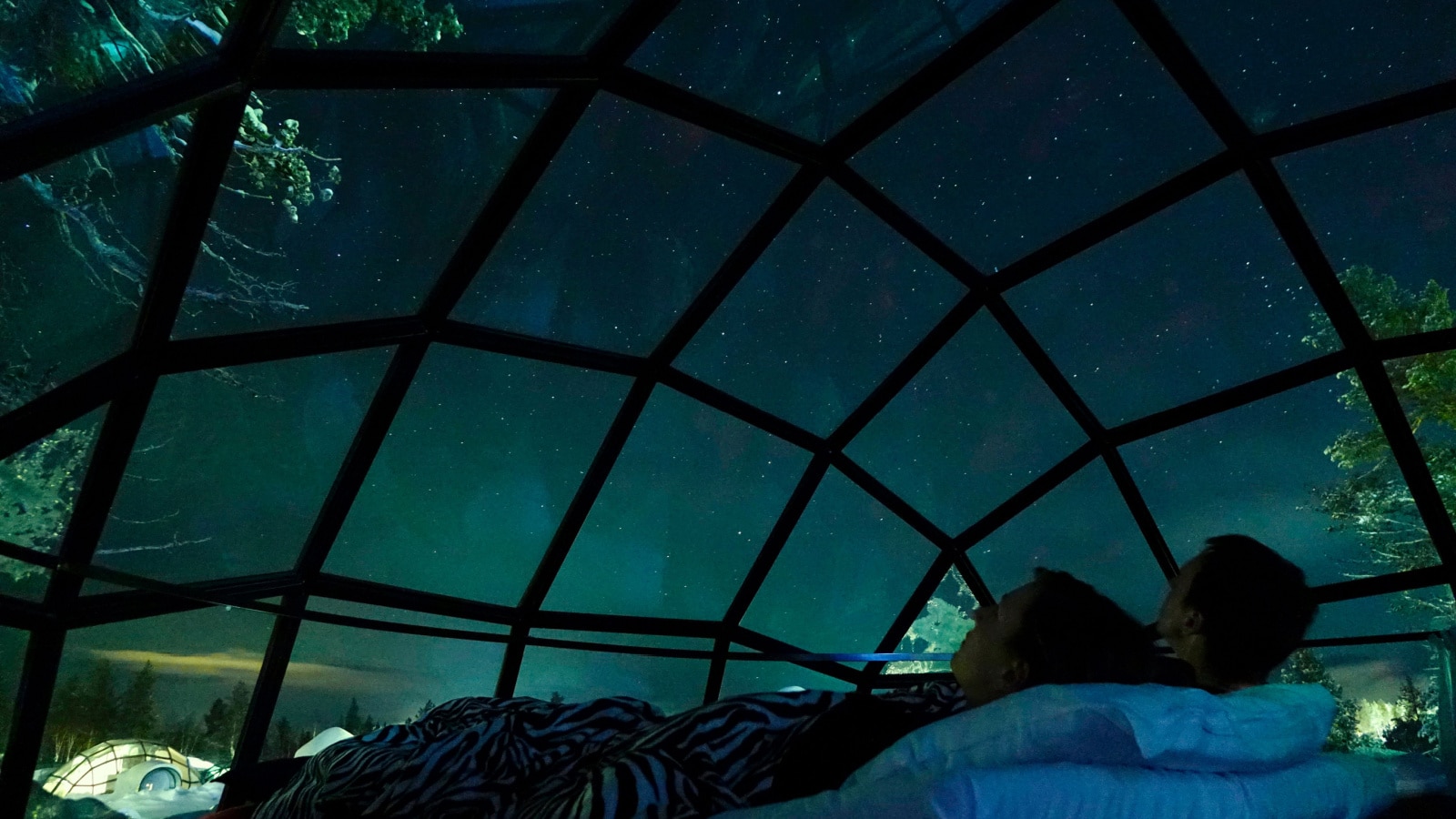
Care to scuba dive to your hotel room? How about zip-lining down the side of a cliff after you check out of your room? What about a hotel where a giraffe poking its head through a window is your wake-up call? Does it sound like I’m making these things up? I can assure you these are all real and very unique hotels!
Read more: 10 Unique Hotels Around the World for Adventure Lovers
12 of the Most Beautiful Places to Visit in the United States According to Americans
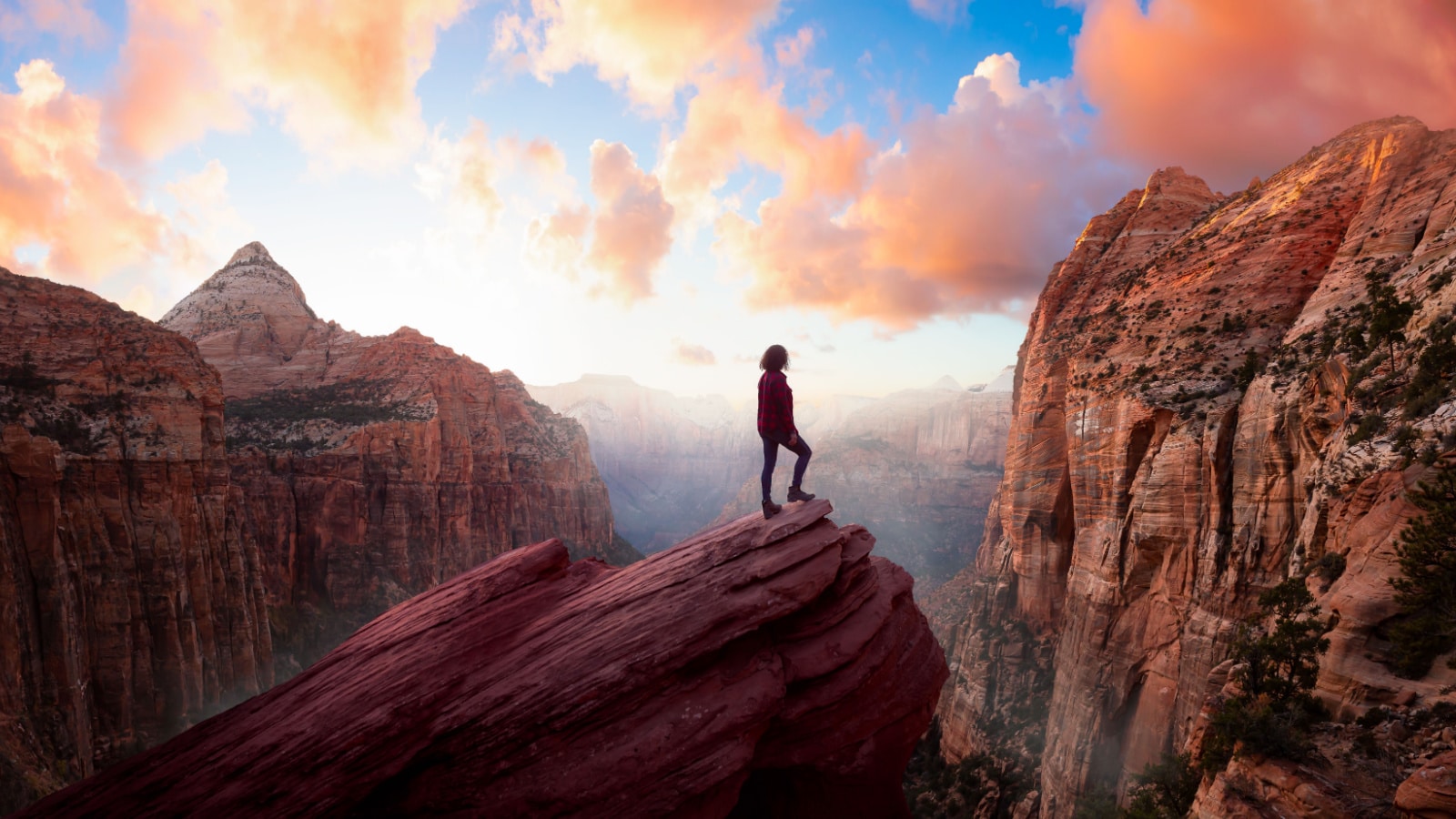
Looking for breathtaking natural landscapes, stunning cities, and everything in between? Look no further than the United States of America. With its diverse geography and varied climates, the U.S. offers countless opportunities for awe-inspiring travel experiences. Recently on an online platform, Americans have shared their favorite destinations, and here are the top picks for the most beautiful places to visit in America.
Read more: 12 of the Most Beautiful Places to Visit in the United States According to Americans


